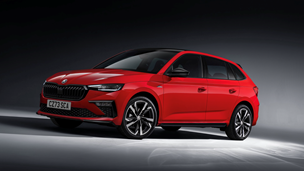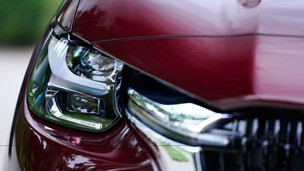Believe it or not, Bayerische Motoren Werke, or BMW as it’s known to all you Englisch-sprechers, celebrates its 100th birthday this March after launching in Munich all the way back in 1916.
Founded to build aeroplane engines for the First World War, it wouldn’t actually be until 1928 that BMW made its first car. Having survived both world wars and the various economic depressions that followed, BMW also endured financial hardship in the 1950s and came close to ruin.
Having turned its fortunes around building rear-wheel drive cars with small dimensions and perfectly-balanced handling, BMW has since gone on to deservedly win its reputation for building “The Ultimate Driving Machine”.
In honour of the company’s birthday and these storied, much-celebrated German machines, here are some of the most important BMW cars ever made in our very own infographic.
![]()
Share this infographic on your site
Dixi
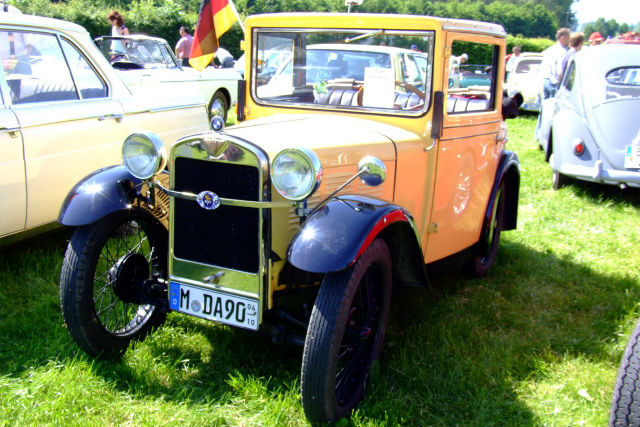
After the First World War, BMW turned its attention to manufacturing motorcycle engines, before experimenting with several car prototypes throughout the 1920s. However, it wasn’t until 1928 that the first BMW car was made, and technically it wasn’t really a BMW to begin with.
At the time the German economy was in particularly poor shape and the popularity of large cars was struggling. Under license from the Austin Motor Company, German manufacturer Automobilwerk Eisenach built Austin 7s, and after BMW bought the company, it inherited the license as well.
The result was called the Dixi, which became the first car to wear the now-famous propeller badge. Powered by a tiny 747cc inline-four engine, the Dixi was virtually identical to the Austin 7 apart from being left-hand drive, and by 1929 had been rebranded as the BMW 3/15.
700
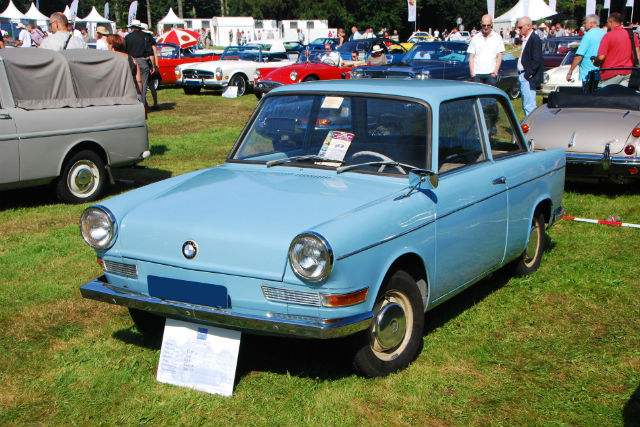
Throughout its history, the effects of two world wars had taken their toll financially on the company, but during the 1950s BMW came its closest to financial ruin, being in debt and losing money rapidly. Its tiny Isetta model was selling well but with small profit margins, and its luxury saloons weren’t selling in big enough numbers to remain profitable.
Enter the four-door 700, which was one of the most important cars for the marque and is often credited as almost single-handedly rescuing BMW from financial doom. Rear-engined, the 700 was also one of the first cars in history to use a monocoque chassis construction, and weighed in at a tiny 612kg.
The 700’s popularity not only kept BMW afloat, but its profits were directly responsible for allowing the New Class or ‘Neue Klasse’ line of saloons and coupes, which became the progenitors of every modern BMW since.
2002
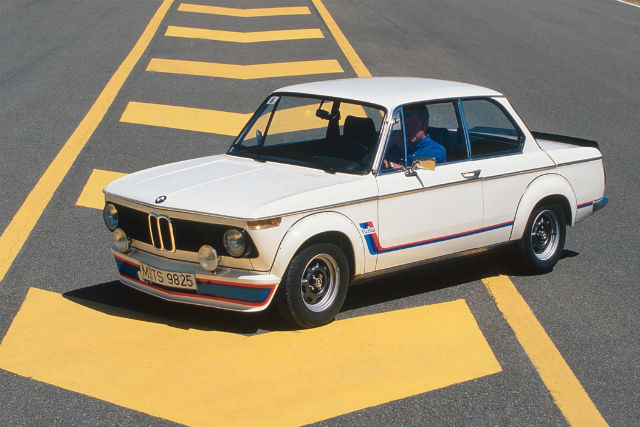
The crowning model in the Neue Klasse range developed during the 60s and 70s, the sporty and compact 2002 was the precursor to the 3 Series and set the bar for all modern Bimmers.
Built around a then-brand new unibody design, the 2002 also made use of independent rear suspension and quickly gained a reputation for deft handling and perfect weight distribution, two of BMW’s most famous hallmarks.
BMW also made a more raucous and sporty version called the 2002 Turbo, which was the first production car in Europe to make use of a turbocharger. Lightweight and powerful, the 2002 Turbo was a downright rude little coupe that directly inspired both the 1M Coupe and the new M2.
3 Series
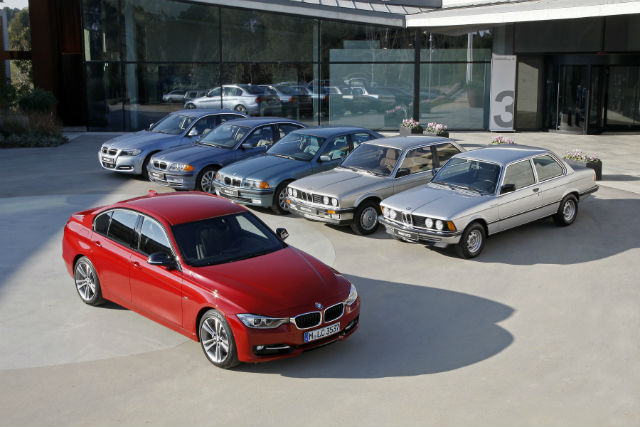
A BMW staple for more than four decades, the 3 Series actually used to be the entry point into the manufacturer’s range, but has since gone on to become a status symbol in its own right.
Premium German cars for those who aspire to lead premium German lives, the 3 Series matches comfort with luxury, power and technology all into one desirable package that’s set the standard for all cars in its class ever since.
Faster, better and more driver focused than the 2002 which preceded it, the original E21 3 Series almost overnight made the traditional Vauxhalls, Rovers and Fords enjoyed by drivers in the UK seem almost obsolete and boring.
Upon its release, the E21 nearly doubled BMW’s worldwide sales figures within three years, and six generations later it still remains one of the most popular and best-loved cars anywhere in the world.
M1
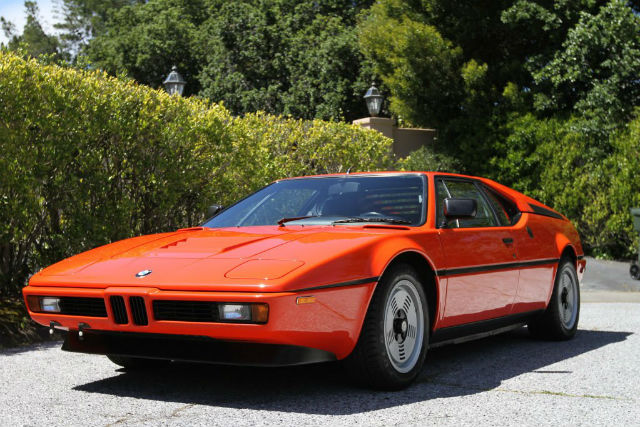
It’s somewhat odd that for a company which has built its reputation on performance and handling that BMW has only produced one mid-engined production car and just one true supercar.
That model, the legendary M1, was created primarily to compete in the Procar Championship series and was also the first model developed by BMW’s iconic M division. Reverse homologated for street use, the M1 made a still impressive 277 horsepower from its 3.5-litre six-cylinder engine.
Top speed clocked in at 162mph, and with its edgy Giugiaro-styled bodywork and the fact that only 453 were made in total, the M1 is still one of the rarest, most valuable and best-loved cars in BMW history.
E30 M3
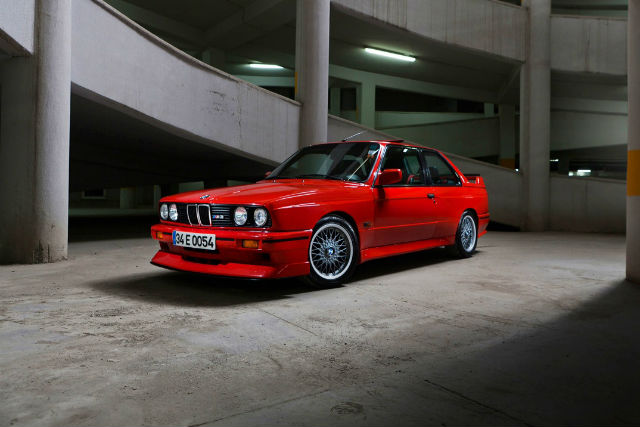
There’s little that can be said about the E30 M3 that hasn’t been said before. Legendary amongst petrolheads, its humble nickname of “God’s Chariot” for many is all you need to know.
For fans of European track-bred street weapons, the E30 is the original. Built by BMW M on the second-generation 3 Series, the first car to wear that hallowed M3 badge got upgraded suspension, better brakes and a naturally-aspirated four-cylinder engine that lived to be redlined.
Despite the fact that it made a now comparatively piddly 217 horsepower, the E30 M3 is the car that begat all M3s and made its name thanks to its razor-sharp driving dynamics. It also still holds the record for being the car that’s won the most races in motorsports history, so there’s that too.
i8
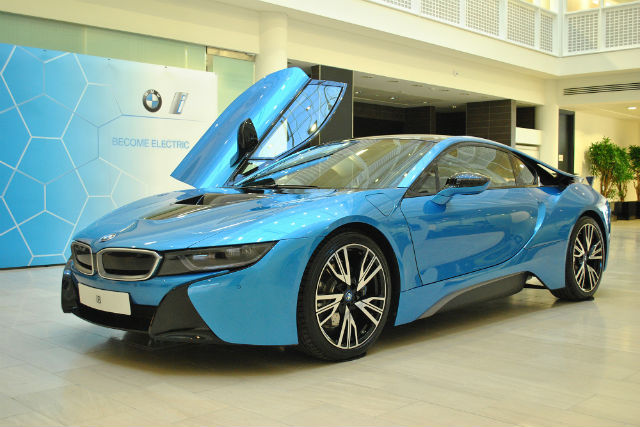
With the stunning i8, BMW smashed its way straight into the 21st century, combining the looks and performance of a high-powered sports car with the efficiency and future-friendliness of a plug-in hybrid.
Ultra-futuristic inside and out, the i8 is powered by a 1.5-litre three-cylinder turbocharged engine working in tandem with an electric motor to produce a maximum output of 357bhp. That’s good enough for a 0-62mph time of just 4.4 seconds, while also preserving an astounding fuel economy rating of 134.5mpg.
In the face of increasing hybridisation and electrification to meet efficiency and emissions standards, there are those who worry that this new technology will spell an end for the golden days of motoring. Yet the i8 manages to negate all these concerns while still maintaining the essential ingredients that make a classic Bimmer.
If this is the future, then bring it on we say.

